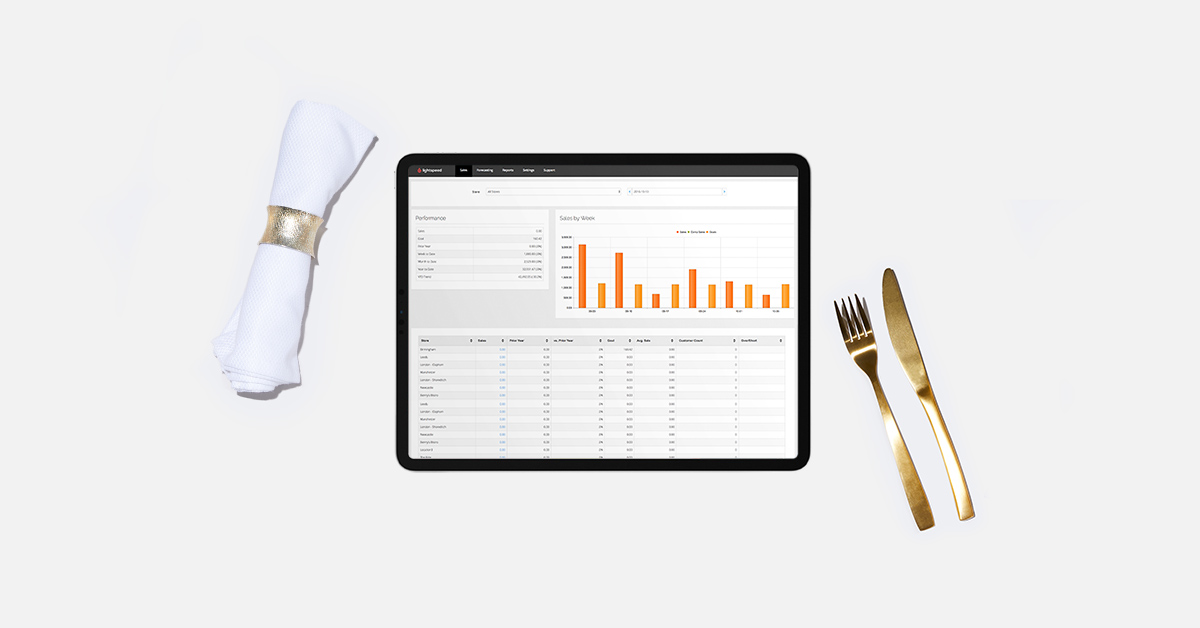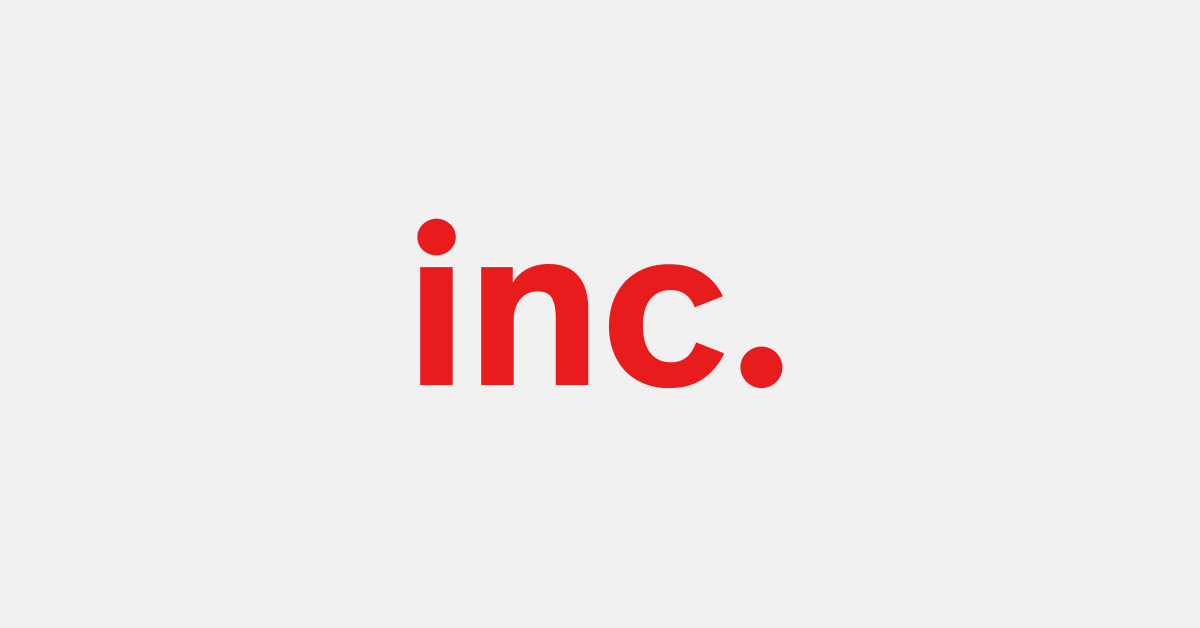
Great food, brilliant customer service and all-round stellar dining experiences are probably why you got into restaurants in the first place.
So it’s understandable if ‘the other stuff’ in the business—like accounting and bookkeeping—doesn’t get you as motivated as your big passion.
But hear us out. Getting your financials right can actually help your business deliver on that very passion that motivates you in the first place.
That’s why we want to take you through some of the common terms, reports and processes for understanding bookkeeping and accounting for restaurants. Whether you’re curious about how to do bookkeeping, or working with a bookkeeper and accountant, this guide is here to help.
You’ll discover useful tips about:
- Financials you should keep an eye on
- Useful restaurant and bookkeeping reports
- Bookkeeping processes you should master
Let’s dive in!
Reinvent your business for long-term success
While the hospitality sector reopens across North America, owners and operators face a whole new set of challenges. Download our free playbook and learn how to build a more resilient business post-pandemic.
Paying attention to restaurant expenses
Let’s start with expenses.
“Restaurants work on incredibly tight margins,” explains Paul Miller (CPA), managing director of Miller & Company. “With the increase in minimum wages and overtime, turning a profit has become even more difficult. You are also dealing with perishable items and seasonality of ingredients affects much of a restaurant’s cost of doing business. And owners should be mindful of these expenses. You must pay careful attention to every fixed, variable or mixed cost.”
For DIY bookkeepers, this means careful record-keeping and keeping a close eye on your tax obligations. “If you are doing it yourself then you should be aware of keeping track of payroll taxes, sales/use taxes and properly allocating expenses among the different types of revenue and expenses,” said Dennis Laporte (CPA), a managing director at UHY.
Financials you should watch
Next, we’re going to quickly explain some key financials. If you have a bookkeeper and accountant, they will be able to provide you with a detailed report on each of these. If you don’t, it may help you to understand what the financials in the headings below mean—and why they can help you understand how your business is performing.
- Cost of goods sold
- Prime costs
- Food cost
- Contribution margin
- Inventory turnover ratio
- Menu item profitability
- Break-even point
- Gross profit
- Net profit
Cost of goods sold
Cost of goods sold (COGS) is the total cost of all the ingredients you use to make menu items, right down to the garnishes, condiments, and herbs. Usually, about a third of a restaurant’s gross revenue goes towards paying for COGS. It’s an important number for your business, so check out our complete guide to learn more about COGS and grab a formula to help you calculate it.
Prime costs
Put simply, prime costs is the sum of your restaurant’s costs to sell its food, drinks and products—your COGS as mentioned above—plus the labor costs of your salaried and casual staff. Industry averages suggest your prime costs should be between 55% and 60%.
Food cost
Food cost is the ratio of a restaurant’s cost of ingredients (food inventory) and the revenue those ingredients create when you sell menu items.
Food cost percentage shows how much of your overall sales are spent on ingredients and food supplies. Keeping tabs on your food costs will help you set menu prices and maximize profits. Food costs depend on the type of restaurant, but normally are around 28-35% or revenue.
Contribution margin
This is the difference between the sale price of a product and the variable costs associated with its production and sales process.
Inventory turnover ratio
This means how often you replace your inventory because of sales.
Inventory turnover for most restaurants should be very high because you’re keeping the food fresh. Here’s Dennis Laporte (CPA) of UHY again to describe it for you. “The food is normally purchased on a weekly basis and many times more than once per week depending on the types of food being sold in the restaurant. Most restaurants would have an inventory turnover of 45-60 times for food and 10-12 times for beverages,” he said.
Menu item profitability
The average diner probably doesn’t know it: but a lot goes into pricing every item on a menu. Competitors. Profit margins. And the costs of making the dish. Creating a profitable menu is absolutely vital to helping your restaurant turn a profit.
Break-even point
This is when the revenue you make covers all your costs.
Our guide to break-even points for restaurants explains how it can be calculated in one of two ways: in dollars and in units.
When you calculate break-even point in dollars, you’re estimating how much revenue your restaurant will need to generate to end with a $0 balance at the end of a certain period of time.
When you calculate break-even point in units, you’re learning how many pizzas, coffees, fixed price meals you’ll need to sell to achieve that same goal.
Gross profit
Your gross profit is the difference in value between the selling price of a dish and the cost of the ingredients and materials used to make a dish (your COGS).
Net profit
Your net profit is the amount leftover from the gross profit after you deduct operating expenses such as payroll and tax, rent, utility bills, ingredients and equipment leasing costs.
6 useful restaurant accounting and bookkeeping reports
Reports are key to bookkeeping across your restaurant’s financials.
Ideally, you should get daily reports on what is being sold and running analysis on table turns, average price per tab, sales by food and liquor, plus your normal monthly balance sheets and income statements.
Here’s a quick rundown of some of the key accounting and bookkeeping reports:
- Profit and loss (P&L) statement
- End-of-day-sales report
- Chart of accounts
- Cash flow statement
- Balance sheet
- Controllable cost report
Profit and loss statement
P&L for short. This is your income and expense statement. It shows you the total income and expenses for a period. Depending on the level of detail put into creating the P&L will determine the value obtained from it.
“For example, you can classify your purchases as the cost of goods sold and lump all purchases together or you can drill down and break it out into wine, meats, fish. This P&L gives you all your income and expenses and whether you are profitable or not,” said Miller.
End-of-day sales report
The end-of-day sales report gives you your sales by day by category, for food, beverages, sales tax. Typically, you can find this report in your point of sale system.
Chart of accounts
The chart of accounts helps organize your financial transactions in categories that will give clear insight of your restaurant’s financial health.
Cash flow statement
Every business’s most important financial statement. This statement provides you with your sources and uses of money. It starts with your net income and tells you where the money went!
Balance sheet
This is a statement of the company’s assets, liabilities and equity. Ultimately it shows you what your restaurant is worth. And importantly, it provides significant ratios analysis that tells you how the company is doing.
Controllable cost report
A controllable cost report gives you an idea of where the company spends its money, which potentially affects how much it will earn or if money is being lost.
3 restaurant bookkeeping processes to master
Phew, that might have been a lot to take in. We’re almost there.
There’s just these three processes that we think you should know about too.
Account reconciliation
First up, is account reconciliation. This is a helpful bookkeeping process that verifies every transaction across your accounts so that your ending balance matches. If your accounts don’t reconcile, it may be a sign that funds are being misused, or worse being stolen.
If you use accounting software like Quickbooks in tandem with Lightspeed Accounting, which syncs point of sale data with your accounting software, you can expedite the reconciliation process and drastically reduce the risk of errors as a result of manual entries.
Accounts payable
Second up, it’s accounts payable (AP). This is the money that you need to pay to suppliers for the goods and service they provide. That’s everything from your delivery partners, to utilities and broadband internet, right through to rent for your premises.
Payroll
Lastly, let’s talk about payroll. This is about much more than just employee wages. Payroll covers everything from your staff’s salaries, through to their benefits like annual leave, insurance, and federal and state taxes.
When to hire an accountant for your restaurant
With everyone that goes into keeping your books up to speed, it might make sense to hire a qualified and accredited finance professional to help you.
“Before they even start the business, accountants will give you guidance from organizational formation, filing requirements that keep business in compliance to laws both federal and state that would prevent hefty penalties later on,” said Paul.
While you can certainly take control of your restaurant’s finances, if you aren’t a numbers person to begin with, it may be wise to get help from someone who is. “Hiring a bookkeeper depends on the accounting background of the restaurateur and their ability to have the time to do the job properly,” said Dennis.
“Many times they can record the check-book activity but not the actual posting to get a proper balance sheet and income statement to review. All restaurants should hire an accountant to help with the proper filing of the income tax returns and planning for the year.”
How to find a proven restaurant accountant
But where can you find a good accountant?
Try one of the following approaches:
- Ask for a referral from a trusted colleague in the industry
- Check the National Association of Enrolled Agents
- Browse state accounting boards
Take control of your restaurant’s finances
Now that you have an idea of what bookkeeping consists of, it’s time to make a decision: do you want to take it on internally or hire external help? With the effects of COVID-19 hurting the cash flow of businesses across many industries, handling accounting and bookkeeping internally may be your best option if you want to minimize expenses.
Want the tools to help you get the job done? Talk to our team of restaurant experts today about Lightspeed Accounting. With it, you can sync your sales data with your accounting software for error-free reporting. Rhys Andrews, Manager at Sosban did, and “the benefits have been massive. There is complete fluidity between the systems and quicker access to data.”
There’s never been a better time to take control of your finances.

News you care about. Tips you can use.
Everything your business needs to grow, delivered straight to your inbox.



